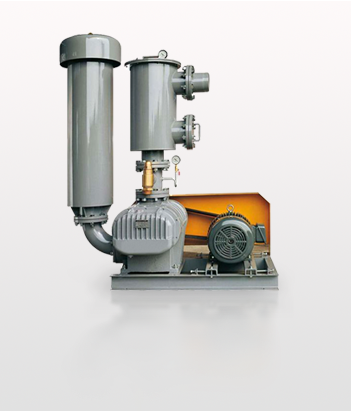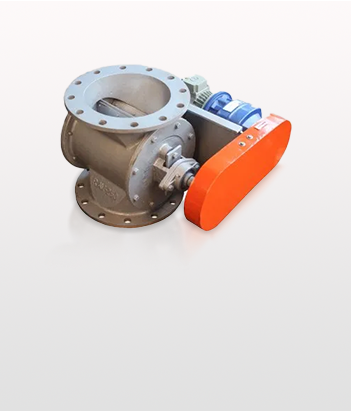Airzon specializes in the production of TRI LOBE ROOTS BLOWERS, also known as POSITIVE DISPLACEMENT ROTARY COMPRESSORS. These blowers find applications across various industries, particularly in wastewater treatment plants, where they operate effectively in a wide pressure range, from strong vacuum to high pressure.
One of its key features is the ability to deliver a constant gas flow at different pressures, while maintaining high efficiency. Moreover, due to the absence of lubricants in the compression area, the pumped gas remains uncontaminated.











